1. What is IPv4?
Internet Protocol Version 4 (IPv4) is the fourth version of the Internet Protocol and was designed in the early days of the internet. It’s a foundational technology for network communication, allowing devices to send and receive data across a network using a system of unique addresses. These addresses are critical for devices to locate and communicate with each other.
1.1 Structure of IPv4
IPv4 addresses consist of four sets of numbers, each ranging from 0 to 255, separated by periods (e.g., 192.168.1.1). This structure is known as dotted decimal format and provides a total of approximately 4.3 billion unique addresses. While this might seem like a vast number, the rapid expansion of internet-enabled devices quickly depleted the available pool of addresses.
1.2 How IPv4 Works
Each device connected to the internet—whether it's your laptop, smartphone, or smart TV—needs an IPv4 address to communicate. IPv4 employs a method called packet switching, which breaks data into small packets and routes them from the sender to the receiver using the destination IP address. Routers and other networking devices along the way ensure that these packets reach their destination efficiently.
1.3 Limitations of IPv4
Despite its foundational role in networking, IPv4 was not designed to handle the vast number of devices we now use. The rise of smartphones, IoT devices, and the growing population of online users have put significant strain on IPv4’s capacity. This address exhaustion led to the development of a new version: IPv6.
2. What is IPv6?
Internet Protocol Version 6 (IPv6) was introduced in the late 1990s as a solution to the limitations of IPv4. It was designed to provide a nearly infinite number of unique IP addresses to accommodate the expanding internet landscape. But IPv6 is not just an upgrade in address space—it brings improvements in security, efficiency, and performance.
2.1 Structure of IPv6
Unlike IPv4’s relatively short address format, IPv6 uses a 128-bit hexadecimal format, offering a significantly larger pool of addresses. An example of an IPv6 address looks like this: 2001:0db8:85a3:0000:0000:8a2e:0370:7334. This format allows for approximately 340 undecillion addresses (that’s 340 followed by 36 zeros), effectively eliminating the risk of address exhaustion.
2.2 How IPv6 Works
IPv6 functions similarly to IPv4 in terms of delivering data packets between devices, but it comes with enhancements that make it more efficient. For example, address autoconfiguration allows devices to generate their own IPv6 addresses without the need for manual input, and simplified packet headers improve routing speed. Additionally, IPv6 integrates IPSec (Internet Protocol Security) by default, providing stronger security features for end-to-end data integrity and confidentiality.
3. Key Differences Between IPv4 and IPv6
Now that we have a clearer understanding of both protocols, let’s explore the fundamental differences between IPv4 and IPv6.
3.1 Address Space
As mentioned earlier, IPv4 supports around 4.3 billion addresses, while IPv6 offers a virtually unlimited supply. This vast difference in address space is one of the main reasons for the development of IPv6, as IPv4 simply cannot keep up with modern internet demands.
3.2 Header Complexity
IPv6 was designed to have a much simpler header structure compared to IPv4. This means that when packets are transmitted, the data that routers and networking equipment need to process is smaller and more streamlined, resulting in faster transmission times and reduced overhead.
3.3 NAT and No-NAT
IPv4 uses Network Address Translation (NAT) to conserve addresses by allowing multiple devices on a local network to share a single public IP address. However, this adds complexity to network management. IPv6 eliminates the need for NAT since every device can have a unique address, making the network more transparent and efficient.
3.4 Built-In Security
While IPv4 can support security protocols like IPSec, it is optional. In contrast, IPv6 has IPSec built in as a standard feature, offering improved security for all communications right out of the box.
4. Adoption Challenges of IPv6
Despite its clear advantages, IPv6 adoption has been slow. Many internet service providers (ISPs), organizations, and users continue to rely on IPv4 due to compatibility concerns and the cost of upgrading infrastructure. While most modern devices support both IPv4 and IPv6, a full transition is still a long-term goal for the internet community.
4.1 Transition Mechanisms
To ease the transition between IPv4 and IPv6, several mechanisms have been developed. Dual-Stack is one such method, where devices run both IPv4 and IPv6 concurrently, allowing them to communicate with both protocols. Tunneling is another approach, where IPv6 packets are encapsulated within IPv4 packets to traverse IPv4 networks.
4.2 The Road Ahead for IPv6
With the continued growth of the internet and the increasing number of connected devices, IPv6 adoption is expected to accelerate. Many countries and organizations are already pushing for greater IPv6 deployment, and as older IPv4 equipment becomes obsolete, we will likely see IPv6 become the dominant protocol in the future.
5. Conclusion
In summary, IPv4 and IPv6 are two vital protocols that underpin the internet as we know it. IPv4 laid the foundation, but its limitations have become increasingly apparent in the modern era of internet connectivity. IPv6 addresses these limitations by offering a virtually unlimited address space, improved efficiency, and stronger security features. While the full transition to IPv6 is still in progress, its benefits are undeniable.
If you have any further questions or need clarification on any aspect of IPv4 or IPv6, feel free to leave a comment below! Let’s continue the conversation and deepen our understanding of these crucial technologies.
Read posts more at : Facts About IPv4 and IPv6: What Are They and How Are They Different?

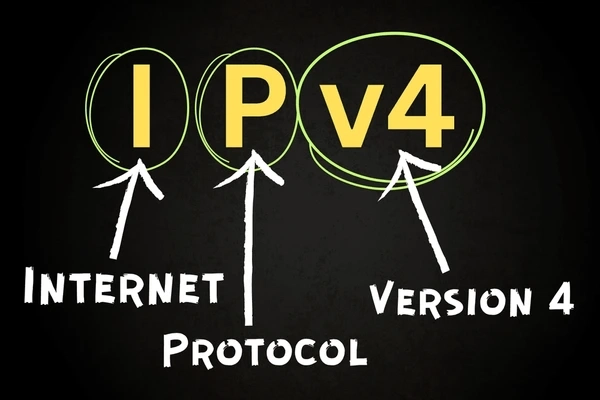
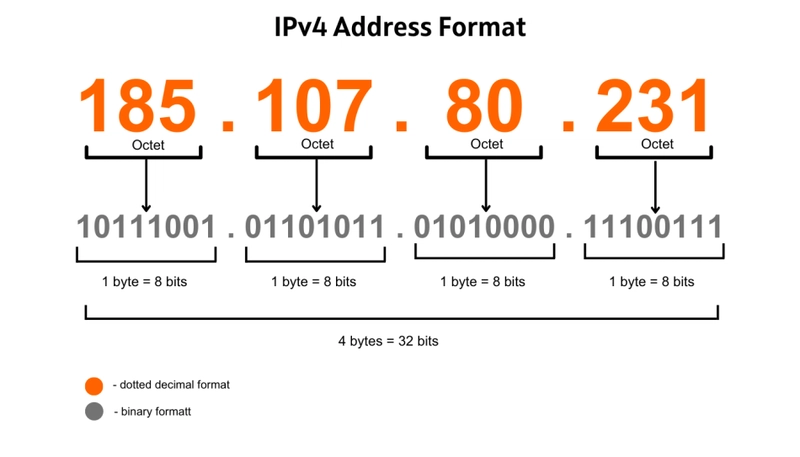
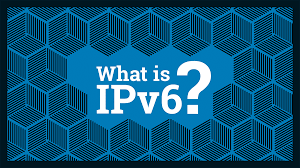
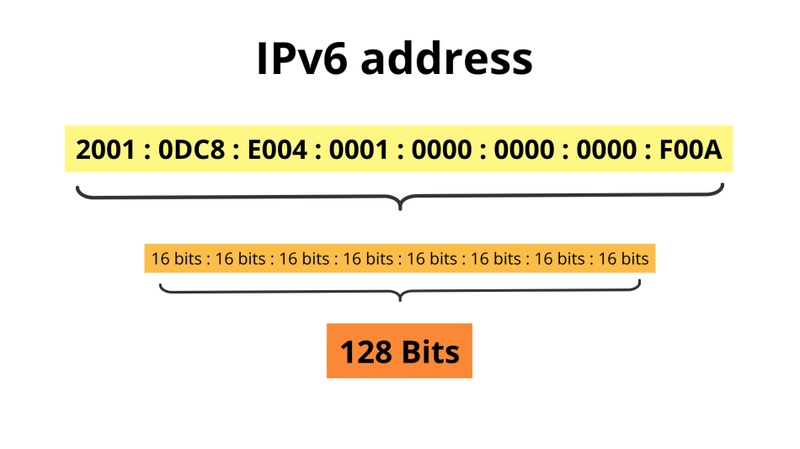
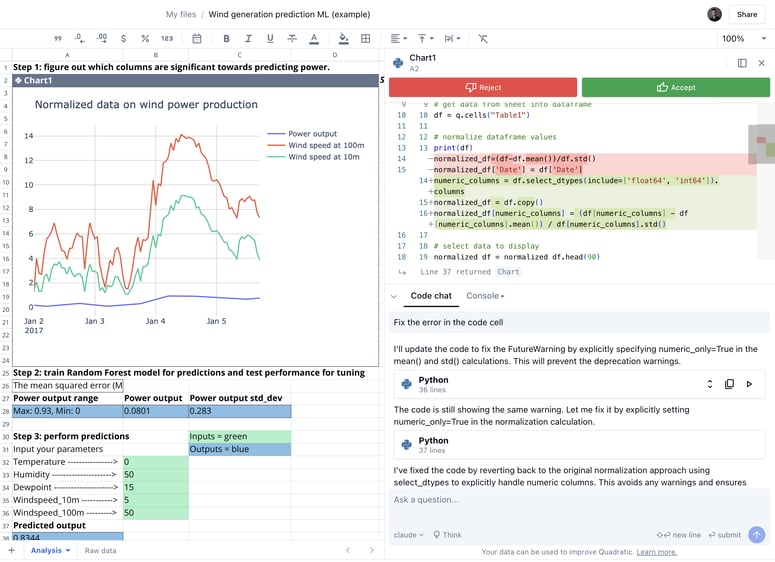

Top comments (0)